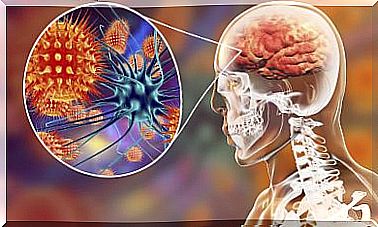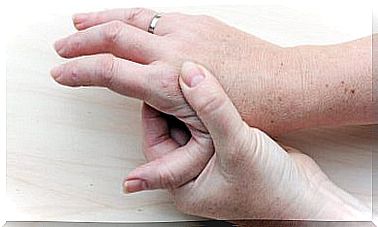Histrionic Personality Disorder
Histrionic personality disorder has a prevalence of approximately 2-3% in the population. It’s more common in women. Formerly it was called hysterical personality (of hysteros , uterus). Currently, the name comes from histrion (theater actor, mask).
In the classification of personality disorders we can find it in group B. This group includes excessively outgoing, unstable, emotional and impulsive people. Some also qualify them as dramatic or theatrical.
Brief explanation about personality disorders
Personality disorders are alterations or limitations in the way of being that decrease the individual’s ability to adapt. They make you more prone to suffer from other psychiatric disorders (such as anxiety, depression, also drug addiction …).
However, a normal personality always has traits or limitations, without it being a personality disorder. This will only be discussed when the limitations are deep, rigid, uncontrollable and negatively affect the life of the individual.
Sometimes personality disorders are not very obvious. In this way, when stressful events (positive or negative) occur, these weaknesses come out.
Julia Márquez, a psychologist with a master’s degree in clinical psychology, explains that in cognitive-behavioral treatment “different techniques are used such as impulse management, emotional intelligence, improvement of thought patterns and work on cognitive distortions.”
See also: Living with Borderline Personality Disorder
Histrionic personality disorder within group B

As already mentioned, group B personality disorders are generally characterized by some of these aspects, according to the Mayo Clinic:
- Extroversion
- Impulsiveness
- Emotional instability
Other research such as that published in 2015 by the journal Frontiers in Psychology specifies that people with this disorder can generally also appear flirtatious, seductive, charming and manipulative.
Histrionic personality disorder
We will analyze histrionic personality disorder based on several aspects. First, we will focus on the inner life of the individual and then we will move on to his relationship with others.

Interior life
They connect well with the environment and like social life. It depends excessively on the environment, on being the center of attention and praise. In addition to this, they can be suggestible, impressionable and whimsical.
They may constantly need new emotions, and also new people to entertain them, to give them attention and love.
According to research published in 2019 in StatPearls , l People with a histrionic personality disorder can be impressionable, credulous, suggestible, and easily influenced, especially by people they admire.
Also, they tend to consider relationships closer than they are or overestimate the intimacy of friendships or romantic relationships.
Attitude towards others in histrionic personality disorder
He pretends to be more friends with everyone than he really is. He flatters others and uses seduction and manipulation in both behavior and appearance.
They may use theatrical, exaggerated, and imprecise language to be the center of attention. You will be more or less successful depending on your intelligence, attractiveness and other attributes.
It is like that most of the time, it is not about seducing someone in particular. They tend to seek immediate and continuous applause. If they don’t, they can overreact. They may also experience outbursts of anger and temper and have a tendency to ride numbers.

Attitude of others towards the histrionic person
At first, they tend to be nice and like each other. But later, people get tired of your excessive demands. Also that they are unreliable, selfish, arbitrary, controlling and without tolerance for frustrations.
On the other hand, the histrionic person experiences real difficulties when it comes to establishing serious and respectful intimate relationships.
Complications
According to research published in The American Journal of Psychiatry , people with this disorder are more likely to develop depression than the rest of the population. They also have a tendency to alcoholism. Apparently, somatizations are common.
It may be that all these characteristics are presented in an extreme way. In any case, it is important to consult with a psychologist or psychiatrist in the case of having symptoms of this disorder.









